Runner's Knee vs Jumper's Knee
Runner's Knee and Jumper's Knee are terms used to refer to common types of knee pain and although they both cause pain in the front of the knee and have similar causes, they are used to describe a range of different injuries and conditions. They are common in young adults who play sports regularly.
Find out what causes them, what the symptoms and recovery time of each of them are and how they are typically treated.
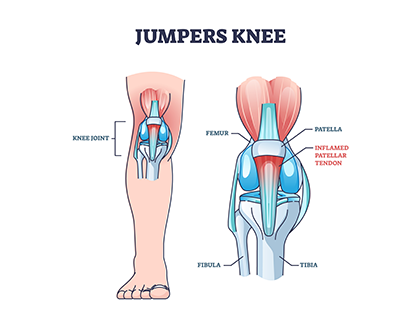
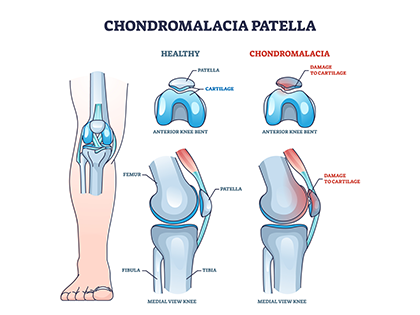
The diagrams above show the anatomy of the knee joint and how the two different conditions affect the knee. Chondromalacia Patella is a condition known to cause Runner's Knee but it can also be caused by similar conditions such as Patellofemoral Pain Syndrome (PFPS).
The diagrams show how Jumper's Knee involves damage to the patellar tendon whereas Runner's Knee is mainly caused by damage to patella cartilage and therefore more related to patella (knee cap) pain than Jumper's Knee. This is the main difference between the two.
Although the two terms are used to refer to very distinct conditions and there are a lot of differences between them, unfortunately, it can still be hard to distinguish between the two using this terminology and not a specific diagnosis which is easier to compare.
This is because PFPS can sometimes be referred to as both Runner's Knee and Jumper's Knee even though Runner's Knee describes it better and is more synonymous with the term.
Another issue is Patellar Tendonitis is the main condition associated with Jumper's Knee and it can also be confused with Runner's Knee because Patella tracking issues may cause it as well.
This means that it's important to not focus on the terminology and instead try to get a specific diagnosis if the knee pain is constant and doesn't get better after rest and recovery.
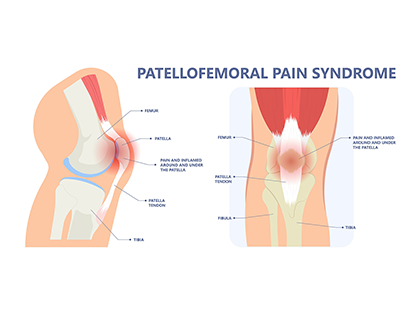
What is Runner's Knee?
As mentioned above, Runner's Knee is a general term used to describe pain caused by conditions such as PFPS and Chondromalacia Patella. Runner's knee is one of the most common running injuries.
Chondromalacia Patella is a common condition that involves the breakdown of the cartilage behind the knee cap so it can involve pain in, around or behind the knee cap.
Patellofemoral Pain Syndrome can be caused by abnormal tracking of the patella and overuse (repetitive strain), it involves damage and inflammation of the knee cap.
Recovery time:
4-8 weeks, see a physio or doctor if it doesn't improve.
What are the symptoms of Runner's Knee?
Although some of the symptoms of Runner's Knee and Jumper's Knee are very similar, it typically involves more knee cap pain and it's possible to identify some signs and symptoms that are more associated with it than jumper's Knee.
- Aching pain in the front part of your knee that gets worse when walking or when the knee bends
- Pain is concentrated in or behind the knee cap
What are the causes of Runner's Knee?
Some of the risk factors for Runner's knee include starting a new physical activity, increasing how often or how much you exercise and the intensity of your workouts or training sessions.
As with most conditions and injuries, weight is also an important risk factor.
- Impact on the knee - hitting your knee or falling on your knee can cause damage to the knee cap cartilage and other structures in your knee
- Overuse - too much running, exercise or bending of the knees can cause strain on the knee joint that can damage the tendons or other soft tissues and erode cartilage through friction.
- Joint Misalignment and weak muscles - misaligned joints or joints that aren't optimal for physical exercise can result in stress on the knee, similarly, weak thigh muscles such as the quads or even the calves can lead to the knee joint taking on more weight. Wide hips are why women are more prone to getting Runners' Knee.
- Feet alignment - Misaligned feet or feet problems such as over-pronation, flat feet and fallen arches can also lead to too much stress on the knee joint and increase the risk of Runner's Knee. Make sure your running shoes fit properly, shoe inserts might be required to get the perfect fit.
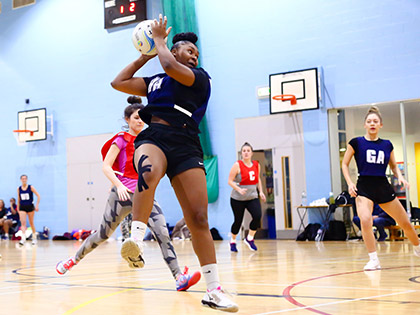
What is Jumper's Knee?
Jumper's Knee is a broad term used to describe knee pain caused by jumping and can include conditions like Patellar Tendonitis.
As mentioned earlier on, Jumper's Knee involves damage to the patellar tendon which is what connects your patella to your tibia.
Recovery Time:
6-8 Weeks, see a physio or doctor for physical therapy treatment if it doesn't improve. A physical examination including x-rays or MRI scans may be necessary to see what may be causing prolonged pain.
What are the symptoms of Jumper's Knee?
You'll notice that these symptoms are quite different from the symptoms of Runner's Knee,
- Tenderness around the front part of your knee and pain where the patellar tendon is (see diagram above)
- Knee pain with jumping, running or walking.
- Bending the knee can cause pain and straightening it can cause pain as well.
- Swelling or inflammation.
- Tenderness behind the lower part of the kneecap.
What causes Jumper's Knee?
Just like Runner's Knee, Jumper's Knee is also commonly caused by overuse of the knee; except the repetitive movements that cause patellar tendonitis are of course different.
Jumper's Knee is caused mainly by jumping and landing on a hard surface, this is why it is common in sports like netball and basketball.
What actually happens is your muscles contract after jumping and this, combined with the force of landing on a hard surface, causes strain on the patellar tendon.
Eventually, the tendon will become inflamed and irritated with overuse.
How do you treat Jumper's Knee and Runner's Knee?
Taping & Strapping Technique for Patella Tracking issues caused by Runner's Knee and Jumper's Knee
This video shows you how to tape and strap a joint a Zinc Oxide Tape, Hypafix and EAB (Elastic Adhesive Bandage) Strapping.
This will help to support the knee joint and take pressure off of the patella which provides pain relief and prevents further damage.
Kinesiology taping technique for Patellofemoral pain caused by Runner's Knee.
This is a kinesiology tape treatment for Runner's knee, this helps to relieve pain in and around the patella and can help you to manage Patellofemoral pain.
Although these two injuries and the conditions that cause them are very different, the treatment of the Runner's Knee and Jumper's Knee is very similar. The most important thing to remember about overuse injuries is the best treatment is always rest.
Try to take it easy and avoid bending or straightening your knee too much. A knee support such as a knee brace will help to take some weight off the knee joint and support your body weight.
Finding the right support shouldn't be too difficult because Runner's Knee and Jumper's Knee are very common conditions, our guide shows you what supports can be used for conditions that cause Jumpers' Knee and Runner's Knee
Heat therapy is usually not a good idea for overuse injuries, instead, try to use cold therapy products such as ice packs and pain relief gels because they are anti-inflammatories.
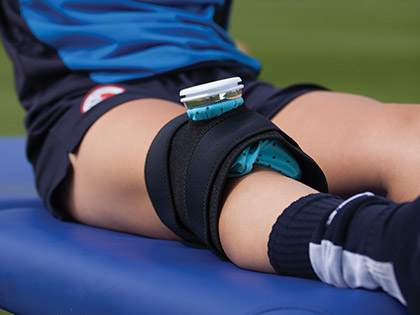
As is the case with any soft-tissue injuries, the POLICE principle is useful for managing Runner's Knee and Jumper's Knee.
We've already discussed protection and ice but your knee will also benefit from compression and elevation.
All of our knee supports offer medical compression but using strapping or compression garments can help to provide more pain relief.
The pro ice wrap makes use of both ice and compression and as shown in the image, it can be used on the knee.
Strengthening and Rehabilitation of the Knee
You might have been advised to do strengthening and stretching exercises but it's important to remember that you shouldn't do these right away and instead try to hold off on massage, stretching and strengthening until the inflammation has gone down a bit.
This will give you a full range of motion for your exercises and avoid any unnecessary pain or further damage. Since the aim is to strengthen the knee joint, the exercises for Runner's Knee and Jumper's Knee are pretty much the same.
You may want to consider strengthening exercises for the calves, quads and ankles as well. The quads will be the most important for taking some strain off the knee joint.
Runner's Knee and jumper's Knee strengthening exercises for recovery and rehabilitation
This is a strengthening exercise that you can do with resistance bands which will help you to build some strength and stability following rest and inactivity.
Conclusion
Runner's Knee and Jumper's Knee are not specific conditions and are just terms used to describe knee pain symptoms, overuse and other conditions. They have very different causes and similar symptoms so a proper diagnosis is needed for treatment.
Runner's Knee usually refers to damage to the patella whereas Jumper's Knee refers to damage to the patellar tendon
They also have different recovery times with Jumper's Knee taking slightly longer to fully recover from (4-6 weeks vs 6-8 weeks). It's important to note that you can get Jumper's knee from running and it is actually possible to keep running with patellar tendonitis but it will be painful and like Runner's Knee it's still important to rest.
Jumper's knee and Runner's are however treated pretty much the same and have the same guidelines for rehabilitation but it's still important to understand the difference between the two in order to understand how they affect the knee joint.
Related Product Videos
Related Products
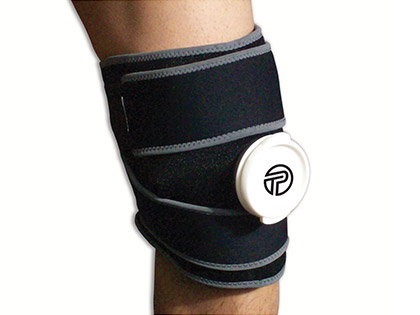
Pro Ice Wrap
(4)
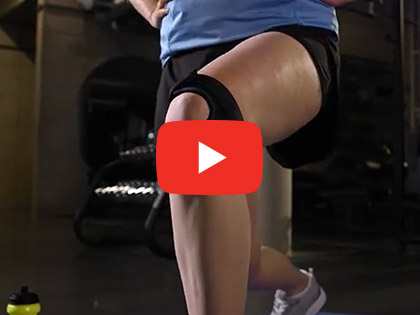
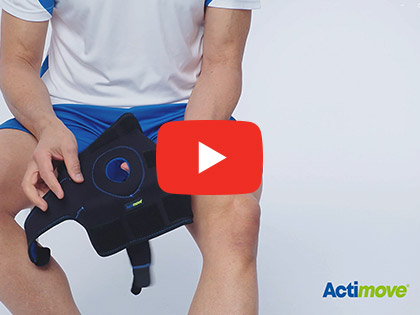
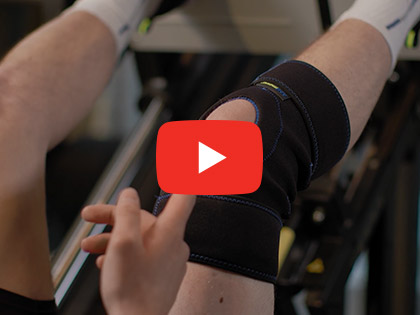
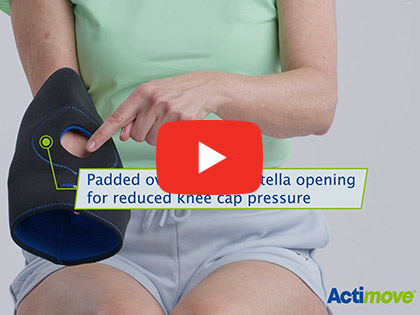
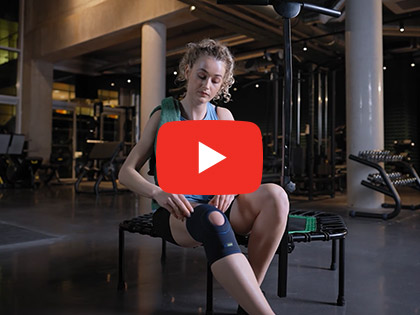

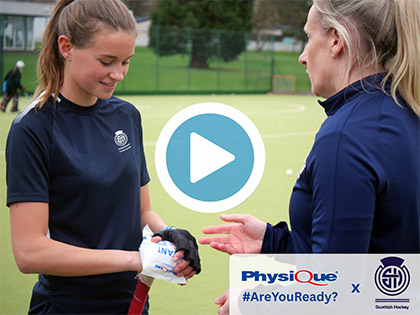
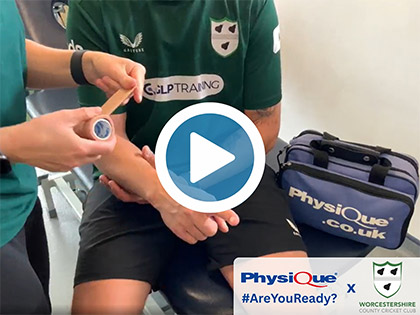
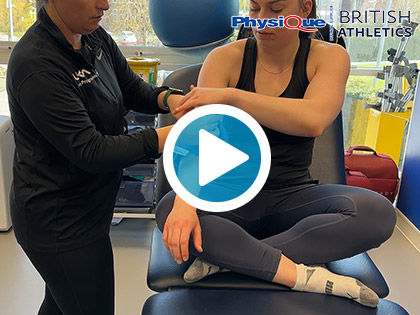
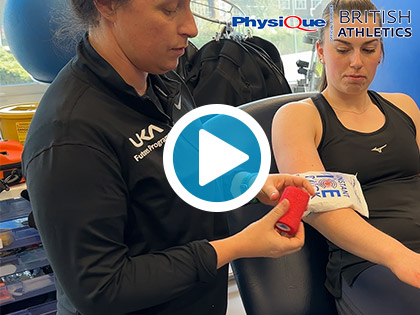
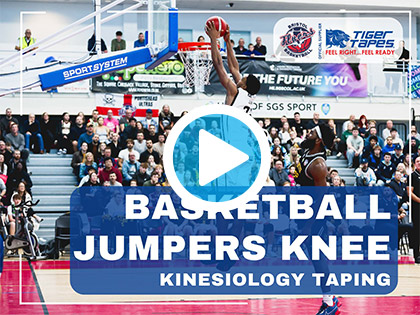
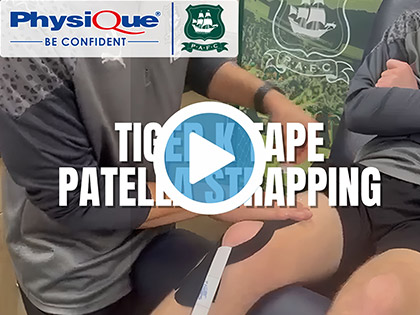
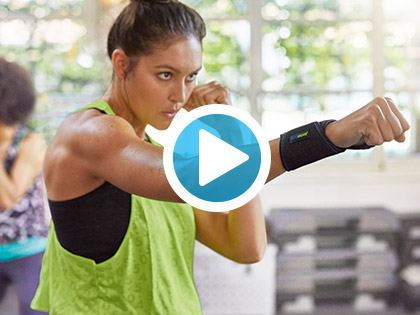
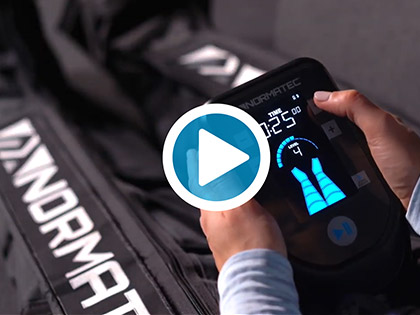
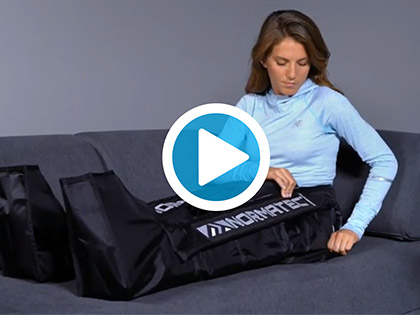
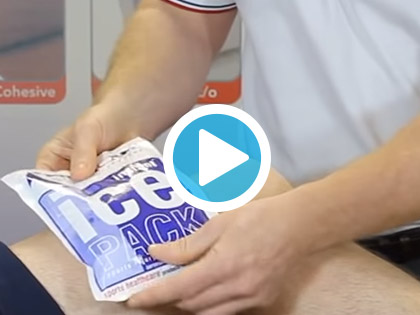
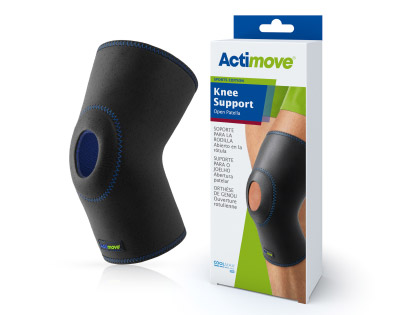
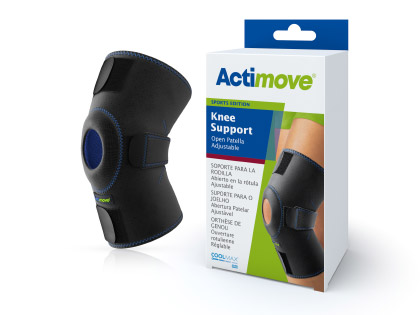
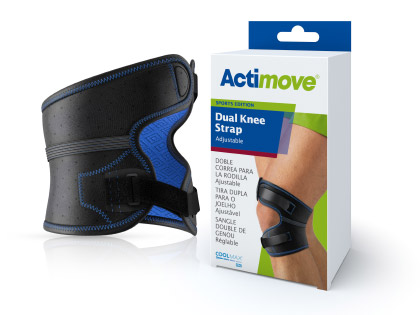
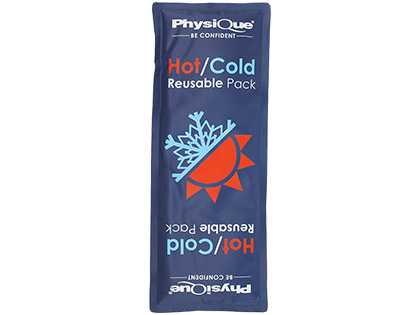


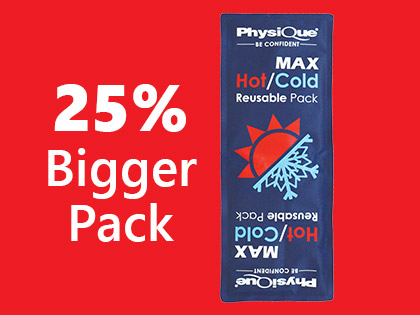

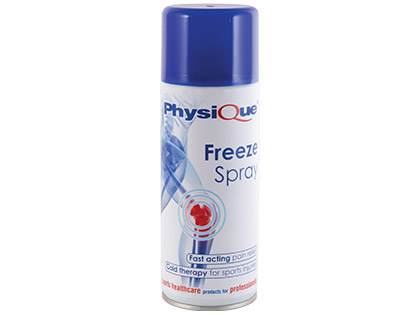
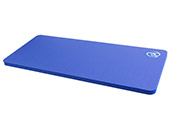

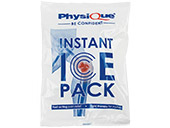

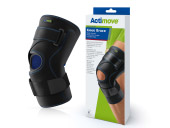
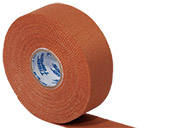
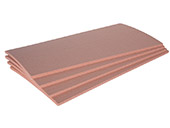
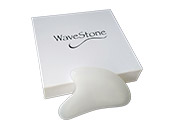
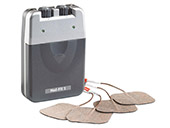

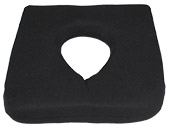
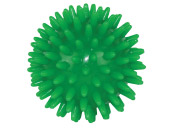
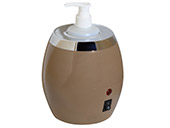
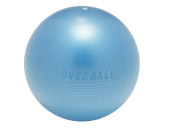

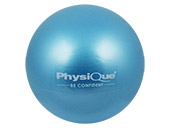
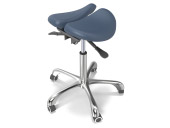
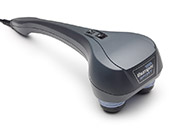
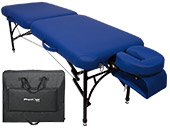
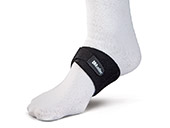

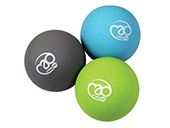
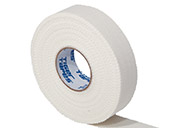
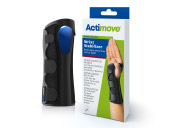

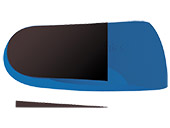
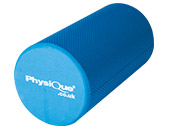

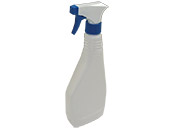
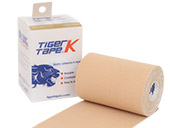
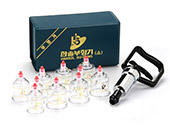
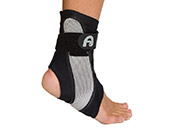
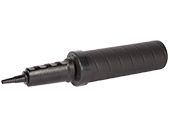


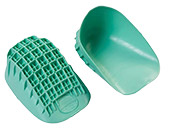

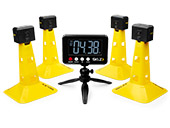
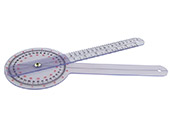
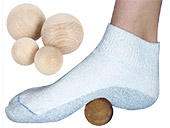

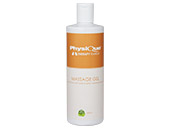
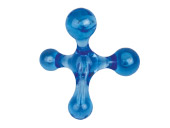
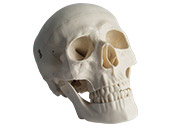

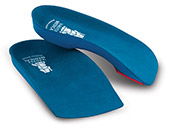
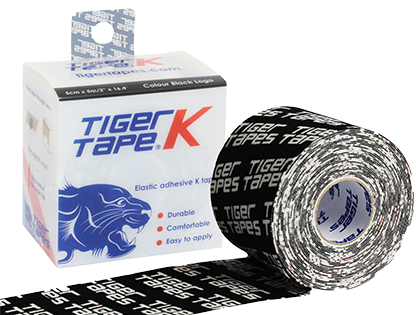
Did you find this article useful?
Why not share this with a colleague, patient or friend?